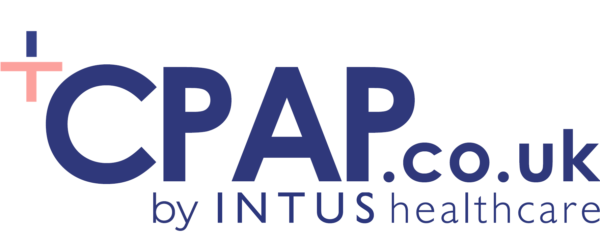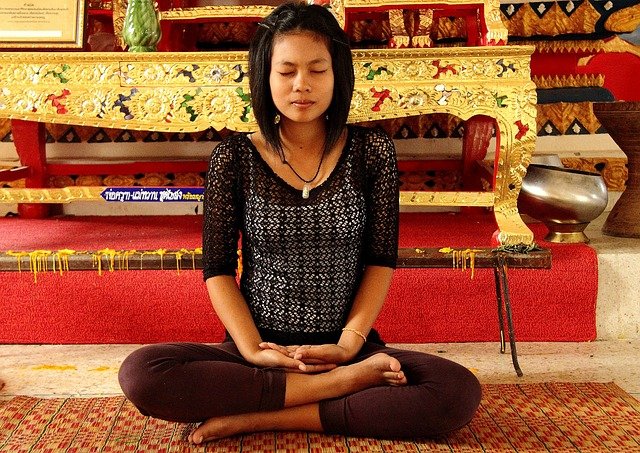Last updated on March 27th, 2024 at 04:02 pm
For people with respiratory conditions, breathing may not be the simple and natural process most of us take for granted. Over time, air starts to get trapped within the lungs, and they can begin to lose their capacity to function properly, leading to shortness of breath.
Respiratory conditions that can affect lung function include chronic obstructive pulmonary disease (COPD) and asthma. People who suffer from the sleep disorder Obstructive Sleep Apnoea (OSA) are at an increased risk of experiencing these respiratory health problems, which impact the lungs’ capacity to function properly.
Other factors that can affect how the lungs perform include smoking, alcohol, pollution and age. However, there are exercises that can improve lung efficiency and keep them strong. These exercises help bring air from the lungs and increase oxygen levels available for daily activities.
Exercises to increase lung capacity
Before beginning any new breathing exercises, it is advisable to talk to your doctor. Those suffering from more severe respiratory conditions may need oxygen therapy instead. If your doctor feels breathing exercises could help you, then the following are three techniques to consider:
Pursed Lip Breathing
This technique helps control shortness of breath by keeping the airways open for longer periods, helping to remove air from the lungs. It allows more air to flow in and out of the lungs, slowing the pace of your breathing and allowing more control. Reducing your shortness of breath allows you to be more physically active.
First, sit upright in a comfortable chair and relax your neck and shoulder muscles. Breathe in slowly through the nose and breathe out gently through pursed lips. You should aim to make the exhalation twice as long as the inhalation. A simple counting method can help with this, for example, counting to 5 when breathing in and counting to 10 when breathing out.
Pursed lip breathing exercises may be especially beneficial for people who do not get regular physical exercise. This exercise can be done for 5 to 10 minutes each day.
For those experiencing shortness of breath, pursed lip breathing can help you regain control of your breathing. Ideally, you will be comfortable with the exercise before first using it in this scenario. You should look to repeat the exercise until your breathing is back under control. If the shortness of breath continues, you should seek medical assistance immediately.
Diaphragmatic Breathing
Also called belly breathing, this exercise helps strengthen the diaphragm, a muscle which plays a key role when breathing. It is often the basis for meditation techniques – and is often used by those with COPD and asthma to get more oxygen into their lungs, thereby slowing down breathing and making you feel calmer.
Once again, you need to feel relaxed before you begin this breathing exercise. You can sit upright in a comfortable chair or lie down on the bed, whichever you find suits you best or is more convenient.
Now, you will need to place your hand on your stomach before slowly inhaling through the nose, noting how much the stomach rises. Exhale gently out of the mouth through pursed lips, with each exhalation 2 to 3 times longer than the inhalation, which you can ensure by counting.
You can try raising the stomach higher than in the previous breath as you retrain the diaphragm to function fully and fill the lungs. Practising belly breathing and pursed lip breathing for 5 to 10 minutes each day can help boost lung capacity.
Interval Training
Most runners will be familiar with this particular exercise, though it can work just as well for other forms of exercise. It may be a better option for those who experience shortness of breath while exercising rather than continuous, steady exercise. The basic aim of interval training is to alternate short bursts or periods of more strenuous exercise with periods of easier exercise or rest.
For those who enjoy walking, you may want to pick up the pace for a sharper one-minute walk before easing back to a gentle stroll for two minutes. The easier interval period should allow the lungs to recover before the next quicker period. This can be done several times, but once again, you should discuss this with your doctor beforehand before starting any new exercise regime.
If you are ever short of breath, it is sensible to stop and relax until your breath is back under control. In these instances, the pursed lips breathing exercise may also help.
Keep Practising
Although such exercises may seem straightforward, you should keep practising them as they can take a little while to master. Ideally, you will want to have been practising these exercises prior to using them when you are experiencing shortness of breath.
At that point, you should be in a position where you can better employ the techniques to slow your breathing. By maintaining your breathing exercises, you help build strength in the key areas that support and aid breathing functions.
Of course, respiratory health will also benefit from a healthy lifestyle, which includes regular exercise, a healthy diet and no smoking. For those with respiratory health conditions like COPD and asthma, specialists recommend breathing exercises to assist in strengthening the lungs.
Obstructive Sleep Apnoea is another disorder that may benefit from breathing exercises, similar to how playing a wind instrument has been seen to reduce symptoms. Please note these exercises and lifestyle adjustments should be used in conjunction with your recommended treatment method. We offer a selection of CPAP machines, masks and accessories to treat Sleep Apnoea.

If you don’t yet have a confirmation of the disorder, consider an at-home Sleep Apnoea test.
The test is a quick and simple way to diagnose OSA from the comfort of your own home.
Ultimately any changes you are considering when you have a respiratory health condition should be discussed fully with your doctor first.


